Shin Megami Tensei II
18 Mar 1994
All releases
18 Mar 1994 - Super Famicom
07 Sep 2010 - Wii
25 Sep 2013 - Wii U
Tags
Time to beat
Main story
Main story + extras
100% completion
Fifty years have passed since the hero of Shin Megami Tensei followed the neutral path, defeated the leaders of Law and Chaos, and founded a state where followers of both ideologies could live freely. But his reign of freedom doesn't last long. The Messian faith gains power, expanding the Cathedral into a new enclosed environment named Tokyo Millennium. The Gaians rise up, but their rebellion is repressed by the Messians' elite warrior class, the Temple Knights. People flock into the encapsulated city, submitting themselves to the strict hierarchy imposed by the Messian Center, where only the privileged living in the Center district are safe from demonic assaults. A few years later, a retired arena fighter Okamoto rescues a man named Hawk, who was fighting for his life against a demon. He trains him to fight in the arena of the Valhalla district, hoping that he would win the tournament, which will grant them both citizenship in the Center district. When Hawk succeeds, he is brought before a Messian bishop, and learns the shocking truth about his own origins and the role he is supposed to play in the grand scheme of events. A new battle for a better future begins. Shin Megami Tensei II retains all the gameplay features of the previous game. The player is able to summon demons, fuse them to create more powerful ones, make them participate in battles, talk to random enemies and receive information from them, etc. The combat is turn-based, and the player explores the complex, maze-like dungeons from a first-person perspective view. Like in the first game, the Law, Chaos, and Neutral alignments play an important role: during the course of the game, the player will have to make choices that influence the alignment of the protagonist, steering the storyline into different directions. New features include a "magic succession" system, which allows demons to carry over their original magic spells when they are fused into new ones, a few additional spells and abilities, and the possibility to play at the casino and win unique items.
199X: 'The Great Cataclysm of Tokyo' - Thorman presses the button, launching nuclear warhead-tipped ICBMs at Tokyo. Global nuclear holocaust ensues. 203X: 'The Great Tokyo Flood' - After the rebuilding of Tokyo, a tectonic plate movement of massive proportions causes the ocean to rush into Tokyo and decimate the area around it. Even after the waters receded, the suburbs of Tokyo remained submerged. 'Establishment of a Communal Cooperative Society' - After the destruction of the Basilica, a free society and government is established which warmly welcomes anyone, be they Messian or Gaean alike. 204X: 'Rise of the Messian Church' - Through political maneuvers, the Messian Church takes over the government and converts it to a theocracy. 'Gaean Revolt' - Angry and opposed to the Messian rise to power, several groups of Gaeans start numerous riots, but they are all quickly quelled by the Temple Knights. 205X: 'Completion of the Center' - Using a huge amount of funding, a massive structure named "Center" is built on the former site of the Basilica. The plan to create a municipal government called "Millennium" is also announced. 'Demonoids developed' - In order to ensure a source of labor, artificial life forms called "Demonoids" are developed. 206X: 'Millenium nearly completed' - Facilities designed to accommodate the people like Valhalla and the Factory (a production/industrial area) are designed and nearly complete. Entertainment facilities like Casinos are also built. 'Environmental Contamination' - Through global warming, radioactive contamination, and the deterioration of the ozone layer, most of the world outside of Tokyo Millennium is rendered uninhabitable. Large numbers of people from around the world flock to Millennium, as its environment is entirely self-contained. 'Temple Knights become Special Police Forces' - After putting an end to several Gaean demonstrations and revolts, the Temple Knights are evaluated by the Center and are promoted to Elite status. They are declared the official police force of the city. Their increase in power tightens the control the Center has on the rest of the city even more. 20XX: 'Present day, present time' - The megalopolis that was once called Tokyo...many are the names and the shapes that it took throughout its long history...but it survived. And even in this day, it lives on...as "Tokyo Millennium"; the city of the messiah faith. The faith which gathered under its wings the hearts and minds of millions who cry out for the advent of the Messiah. Back in the beginning, it was being built to turn the dream of the Thousand Year Kingdom into a reality, but neither God nor the Messiah appeared within its walls. And then, time went. And very soon, some of its citizens became much more equal than others... At the helm of Millennium, is the governing body know as Center. Under direct authority of the Center are the Temple Knights, an elite military group which serves the function of a police force. The elite of Millennium are the First Rank Citizens, who are given the right to live in the Center freely. There are those who are permitted the ownership of an Arm Terminal. Those are considered the Second Rank Citizens. And last come those who are merely recognized as residents of Tokyo Millenium. Those are considered the Common Rank Citizens. One of the particularly prosperous districts of Millenium is the Valhalla Area, famous for the cruel sport of arena fighting, practiced there to this day. Men fight each other, risking their lives to thrill the blood-thirsty crowds. Recently, a new fighter named "Hawk" blazed onto the scene like a comet: the audience gapes at his prowess, the crowd goes wild over his unbroken string of victories, but no one knows who he is or where he came from...Not even Hawk himself.
| Audio | Subtitles | Interface | |
|---|---|---|---|
| Japanese | ✓ |
Quanto a suas mecânicas, o combate não se encontra muito diferente e segue desbalanceado, apesar de melhor em relação ao 1. Um exemplo disso é que o combate do jogo é estupidamente difícil em seu começo e estupidamente fácil em sua segunda metade(com exceção de alguns espinhos).
Uma reclamação pessoal é que navegar pelo overworld do jogo é bastante entediante, todos os detalhes do mapa não passam de formas geométricas com algumas exceções importantes e as trilhas sonoras envolvidas nesse processo são um pouco difíceis de engolir.
Dito isso, não deixa de ser um clássico definitivo da franquia, importantíssimo pra SMT. Se você tá disposto a lidar com um jogo com mecânicas que não envelheceram muito bem, vai em frente!
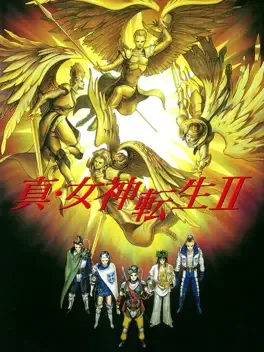

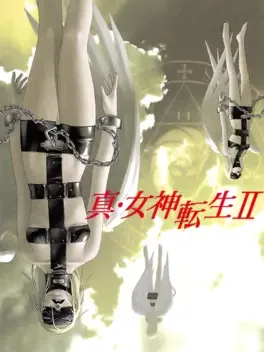












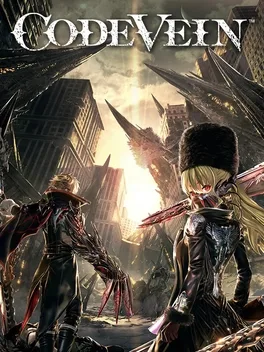
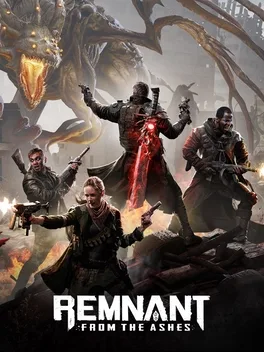
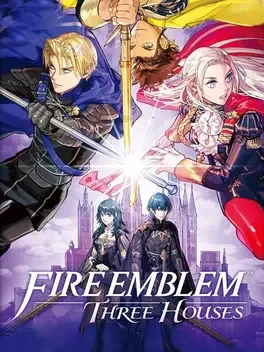
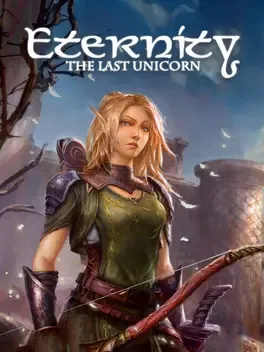
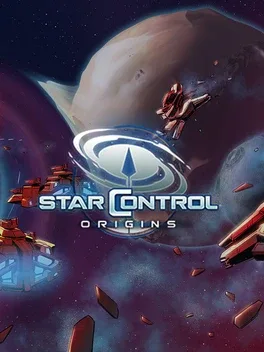
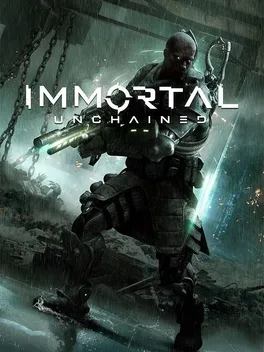
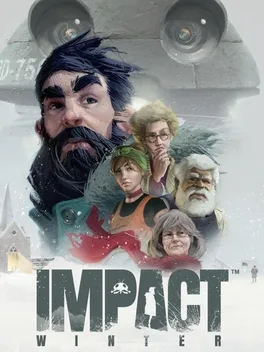
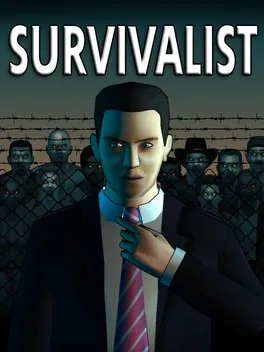
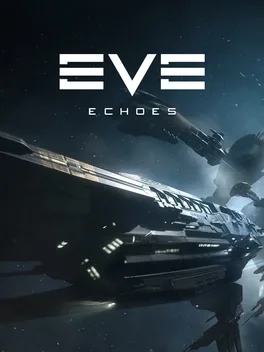
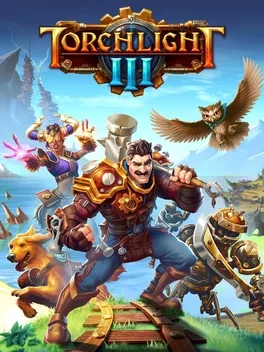
Of course, the game itself is almost impossible to play without a guide, much like the first one, by today standards: unless you have so much time on your hands that you don't know how to waste it, playing it without pre-made maps is miserable and can take from you much more times than any other game.
The dungeons are, in fact, not better than the first game's one. They are messy in an almost non-sensical way, they are big and full of unused spaces, have an unholy encounter rate and requires you to do so much backtracking to the point you'll start to remember the way to follow without even looking at the map.
It also doesn't help that the game stops offering any kind of challenge after the first half of it, when the protagonist starts becoming so overpowered every enemy just get oneshotted by him. Just like it happened in the first game, except this time you don't need guns to actually break the system.
As for the story, it's incredible for a 1994 game!
While the first game lacked in some depth and could have used more cutscenes and dialogues, SMT II shows how ambitious the whole script is and tries to convey, despite the limitations of the console, an incredible plot, a direct sequel of the first game Neutral Ending.
This time, the Chaos and Law alignment really differ from one another, making it much more impactful to choose who to side with.
The characters are much, much more interesting too, being not only blank representatives of their alignments.
The setting is, this time, futuristic, being set in 2070s Tokyo Millennium, built on the ruins of the Basilica of the first game: those who have played it will absolutely adore the continuity of the setting.
I, myself, loved the game atmosphere, despite not being that much into the cyberpunk-futuristic genre.
Being the worldbuilding much more specific and detailed, this time, the exploration of the world is also much more guided and less randomic like it was in SMT: the only annoying thing being the excessive backtracking and the almost useless Teleport which was, most of the time, too far away from the goal or straight up unaccessible.
Some areas were also impossible to enter without having a certain specific amount of points put into the protagonist stats: that was the most BULLSHIT thing I've ever seen in a game, in particular because the game required you to have invested in useless stats such as Magic.
And the protagonist. Can't. Use. Magic.
All those little things really did annoy me and made the second half of the game less enjoyable, making an already pretty lenghty game excessively long.
The pixel art is really good, a great improvement over the first game, and the soundtrack is good- nothing groundbreaking, but still pretty enjoyable.
I went for the Chaos Route during my first session, then for Law and Neutral.
Despite the game being heavily Law-oriented and basically forcing you to go for the Law route, I'd say the best ending is, indeed, the Chaos one.
In the end, I think Shin Megami Tensei II is a better experience than Shin Megami Tensei, but people can really apprecciate it only after playing both and seeing with their own eyes how much this title improved over the first one.
Definitely a must play for hardcore Megami Tensei fans.